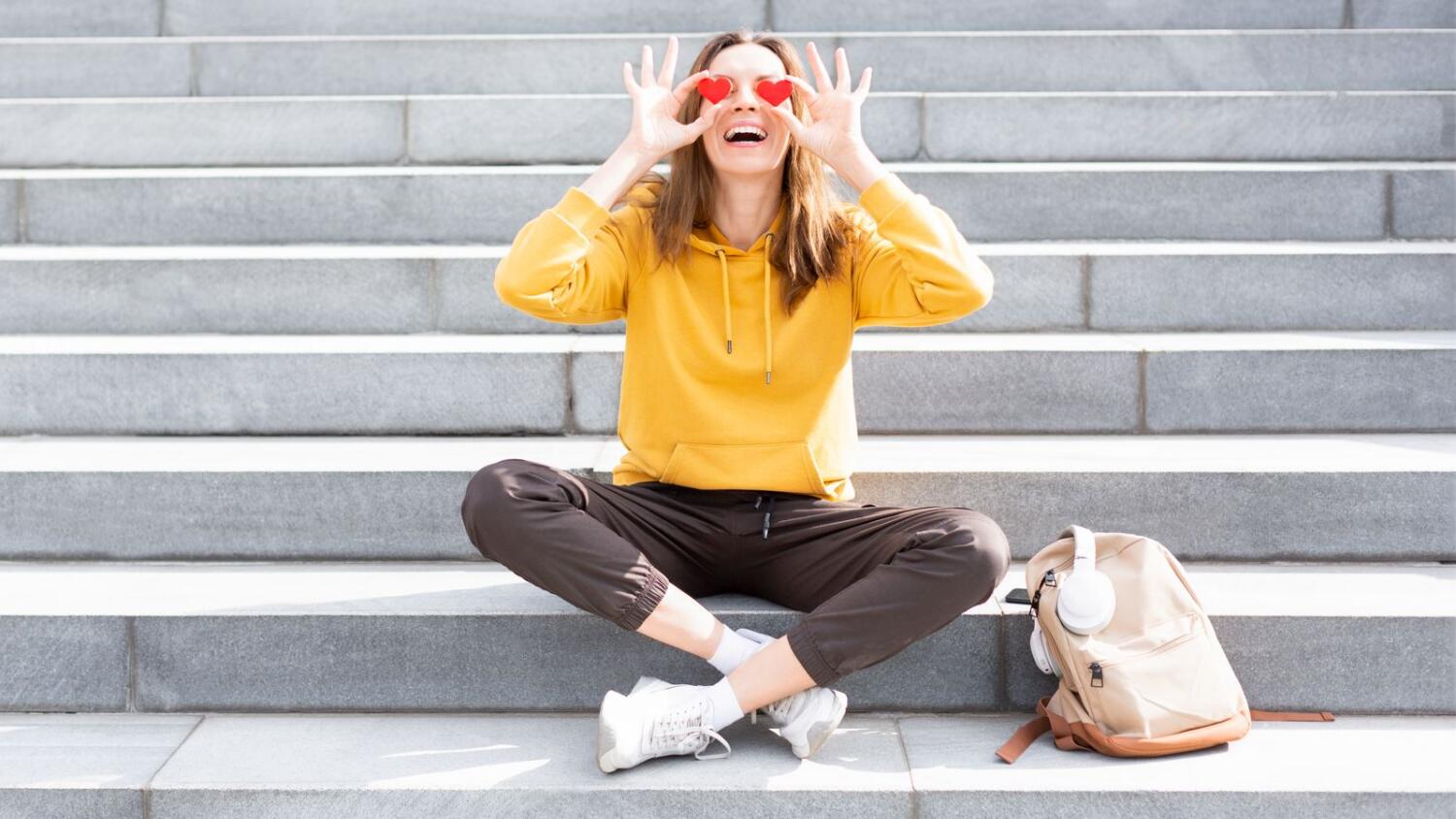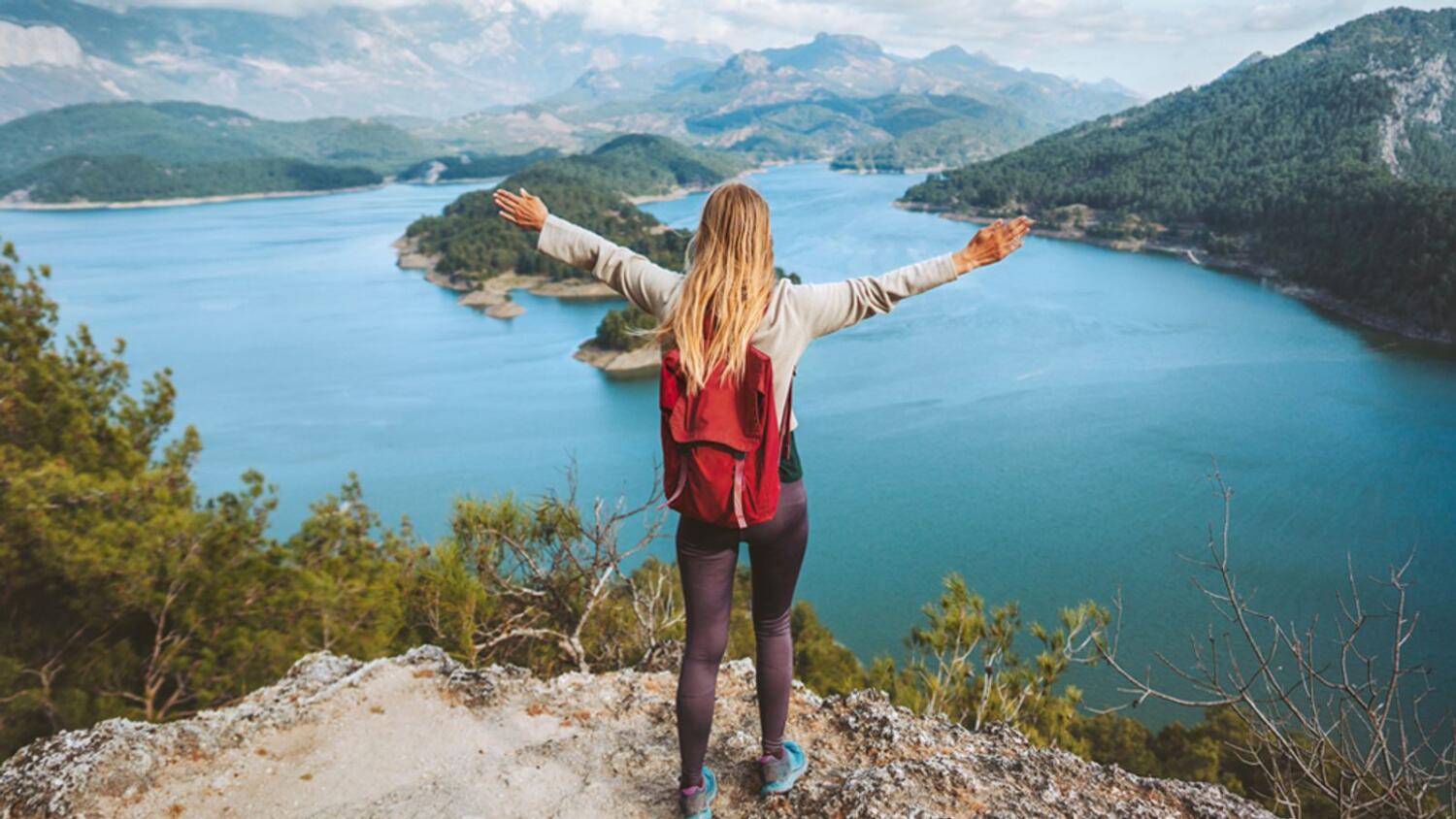Burning debris was seen falling onto mountain slopes as sprinklers began spraying water
Explained: What UAE astronaut Sultan Al Neyadi will do during 6-month space mission
Once he reaches the orbiting station, the ISS will be his playground, where he will undertake various science experiments over the next six months

There will be excitement and anticipation for all as Sultan Al Neyadi is all set to jet off to the International Space Station (ISS) on Monday, February 27, 2023. The Emirati astronaut going on the long-haul mission was always fascinated by images from space.
Living his childhood dream, Al Neyadi will lift off at 10.45am (UAE time) from pad 39A at Kennedy Space Centre.
Once he reaches the orbiting station, the ISS will be his playground, where he will undertake various science experiments over the next six months.
Apart from conducting 19 experiments assigned to him by different UAE universities, he will also perform tasks assigned by Nasa and do maintenance work on the ISS, aside from being the subject of several experiments himself.
Al Neyadi along with his colleagues is living in quarantine currently, at the astronaut crew quarters facility at the Kennedy Space Centre.
They will live in quarantine while continuing to prepare ahead of their launch to the ISS.
A total of 250 science experiments for research will be carried out during the six-month mission.
Fields of scientific experiments range from learning about the cardiovascular system, epigenetics, immune system, fluid science, plant biology, sleep analysis and radiation.
Al Neyadi said they will be pushing the boundaries of science, saying, “Our region is also thirsty to learn, and we ambassadors of science hope to bring more knowledge when we come back.”
“We are subjects ourselves. We’ll have a lot of sensors on us when we do experiments. These machines log our sleep, it logs our vascular activities, breathing and so on. There is radiation in space and loosening of muscles. How do we control (or mitigate) these things. All this is part of our medical experiments,” explained Neyadi earlier.
The four-person Crew-6 flight will mainly help Nasa prepare for crewed moon trips, and further long-duration living off Earth missions.
Understanding Expedition 69
Astronauts explain station's Expedition 69, which will begin soon after Crew-6's arrival, will entail several experiments related to moon research.
Apart from Al Neyadi the other members of the SpaceX Crew-6 are Nasa commander Stephen Bowen, pilot William Hoburg, and Russian cosmonaut Andrey Fedyaev.
Explaining the nature of the experiments, Al Neyadi adds, “It's going to be a busy schedule. We will be conducting some science on the fluidics and how they react or move in space. Then we have the combustion experiments and flammability of elements. When we go beyond the lower orbit, to the Moon and beyond, there is another test of flammability.”
ALSO READ:
According to Nasa experiments (by Crew 6) will include studies of how particular materials burn in microgravity, tissue chip research on heart, brain, and cartilage functions, and an investigation that will collect microbial samples from the outside of the space station. It’s said these are just some of the more than 200 science experiments and technology demonstrations that will take place during their mission.
He adds, “We will do a lot of scientific observations that are done before the flight, during the flight and post flight to see the impact of weightlessness on our bodies. It is all for the sake of science and to push our boundaries further.”
During their stay aboard the orbiting laboratory, Crew-6 will also see the arrival of cargo spacecraft including the SpaceX Dragon and the Roscosmos Progress.
Neyadi to meet Saudi Arabia’s first two astronauts on ISS
Additionally, they will also welcome the agency’s Boeing Crew Flight Test astronauts and the Axiom Mission-2 crew which will include, Saudi Arabia’s first two astronauts Rayyanah Barnawi and Ali al-Qarni during their expedition.
“We will be doing a lot of cool stuff as well. We are subjects ourselves. Then, we have a range of other experiments like material science and bioscience. The next six months are going to be really busy. We’ll be conducting solid science that we should be able to come back and share with humanity. Today, we have an entire generation who wants to go to space that will contribute to greater research and knowledge. We now aspire to live on the Moon and eventually see a settlement on Mars,” adds the 42-year-old.
More news from Space
They moved into the space station last August; their replacements arrived last week in their own SpaceX capsule
Nora AlMatrooshi and Mohammad AlMulla graduated from the 2021 NASA Astronaut Candidate Class training programme on Tuesday
Abdulla Al Shehhi and Fatima Al Shamsi shed light on the urgency of debris mitigation to secure the future of space exploration
According to previous estimates from the company and Nasa, the spacecraft was supposed to operate on the moon for seven to 10 days
Odysseus descended from an orbit and guided itself to the surface, aiming for a relatively flat spot among all the cliffs and craters near the south pole
It will pass over Saudi Arabia during its descent
The base, called Mars Dune Alpha, is designed to simulate the challenges that will be faced by the first people on the actual planet










